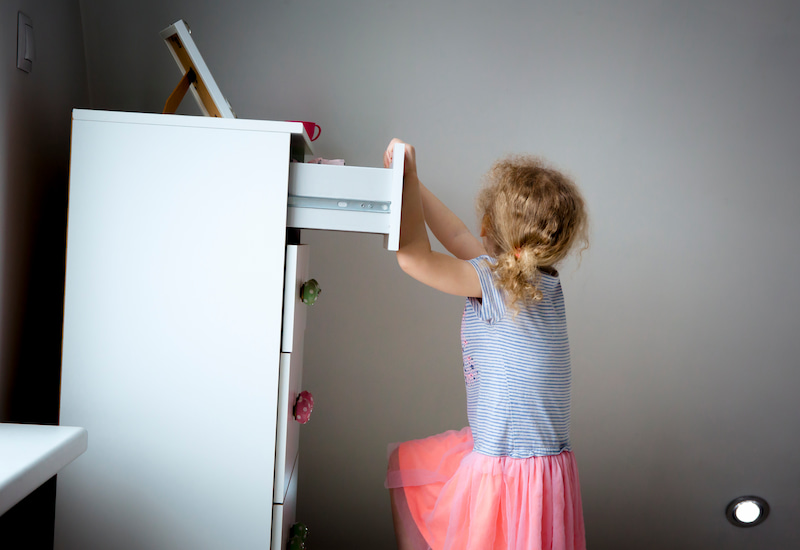If there’s one thing you learn—fast—when you’ve got toddlers around, it’s that absolutely nothing is off-limits to a curious kid. Coffee tables become climbing walls. Dressers and chests of drawers? Well, those are just ladders waiting to happen. It’s honestly kind of amazing how quickly a living room can go from peaceful to Olympic obstacle course the minute you look away.
But here’s the upside: with a few easy moves, you can make your home way safer without wrapping everything in bubble wrap or losing your mind. Let’s get into the tried-and-true ways to anchor, arrange, and adjust your space so your kiddos can explore with a whole lot less worry.
Why Anchoring Really Matters (And Isn’t Just for Overprotective Parents)
Kids are quick, and their sense of danger is—let’s be kind—a work in progress. That’s why anchoring furniture isn’t a “someday” thing; it’s a today thing. According to the Consumer Product Safety Commission, tip-overs send thousands of children to the ER every year. The most common culprits? Dressers and chests of drawers. Yup, the stuff we use every single day can flip over just from a kiddo trying to grab a teddy.
How to Secure Furniture (Without Wrecking Your Walls)
Okay, so what actually works? Start with furniture anchors or anti-tip straps—they’re cheap, easy to find, and way simpler to install than you might think. Most brands come with clear instructions and all the hardware you need. Just pick up a drill and a measuring tape, and you’ll be done in about ten minutes per piece (maybe longer if you’re juggling nap time).
Prioritize bookcases, big shelves, and—especially—dressers and chests of drawers. The heavier the item, and the more drawers it has, the higher the risk. Consumer Reports has an excellent guide to walk you through securing everything from the TV stand to those wobbly living room tables.
For renters or reluctant DIYers, there are even tool-free anchors that clamp to the furniture and brace against the wall, so you aren’t left patching holes when you move. Either way, the goal is simple: nothing falls over, even if your little superhero scales to the very top.
Small Adjustments, Big Results
Besides anchoring, slide heavier items lower down on shelves to make climbing less appealing. Keep remotes, toys, and books out of reach on high shelves, so kids aren’t tempted to step up.
Shut and lock drawers after use, or try out drawer stops that keep all the drawers from being opened at once (a silly little thing, but it works). Also, scoot furniture away from windows—no one wants an accidental boost to a ledge. If you’ve got wobbly or uneven floors, slip resistant pads or grippers under the feet of heavy pieces give a little extra security.
Making Safety Part of the Routine
This doesn’t have to be an afternoon project. Knock out a room or two each weekend or set a reminder in your phone to check anchors every few months. If something feels loose (or you catch your kid giving your bookcase the side-eye), don’t wait—tighten it up.
You don’t have to baby-proof the fun out of your house. Just a few anchors and a pinch of planning help you relax—and let your little ones roam free to discover their latest “adventure.”

Leave a Reply